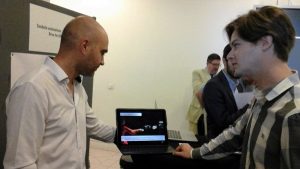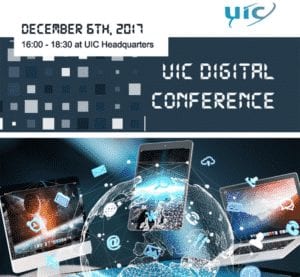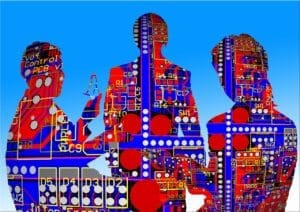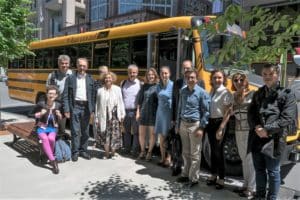MINES ParisTech – combining theory and practice
MINES ParisTech – combining theory and practice
Theory and practice are the driving forces behind the school. For the past 50 years it has fostered innovative parternships between researchers and companies, said Vincent Laflèche, director of MINES ParisTech, one of the top engineering schools in France.
He was speaking on 6 June, at the opening of a special Research Day organised to showcase a selection of 21 projects clustered around the themes of:
energy transition – healthcare engineering – data science – responsible resource management – future mobility.
Across the board
In October 2014, MINES created Drive for All, a new international chair for automatic driving. Since then, its researchers have been working on the intelligent vehicle, control systems, virtual reality, artificial intelligence (AI), mobile robotics, and logistics.
Coordinated by the Centre for Robotics, Drive for All is backed by the industrials Peugeot, Safran, and Valeo, together with international academic partners University of California, Berkeley, Shanghai University, and the Swiss Federal Institute of Technology (EPFL).

We are focusing on the perceptions of robots, on their collaboration with humans, said Sotiris Manitsaris, researcher & ST project leader. For instance, robots learning gestures from operators on a production line.
In the field of augmented reality, we are studying the sonification of gestures, he added.
For the autonomous vehicle (AV), achieving a level of safety performance superior to that of the human driver is vital. In response, Drive for You has taken up the challenge to outreach human cognitive capabilities with a sensor-based system.
Referring to the chair’s academic partners from China, the US, and Switzerland, Dr Manitsaris pointed out the importance of this cross-continental approach – because there is no one-behaviour-fits-all.
- With Industrie & Technologies as media partner, Research Day partners included EDF, Enersens, In Sun We Trust, Nutriset, Safran, Thales, Varel, and Vinci.
Win win?
Also during the day, four industry partners spoke about their business strategies and relationships with MINES.
Innovating while preserving margins – Christophe Gobin, director R&D, Vinci Construction.
Collaboration… creating software… simulation… modelling… we have relied on all the expertise the school has to offer – Gilles Pelfrène, R&D engineer, Varel International.
A long love story with the school… we have been able to differenciate ourselves from the competition – Brice Fiorentino, innovation project head, Enersens.
We joined forces with the school back in 1967 to develop high performance aircraft engines for the military, Olivier Delcourt, head of materials & Processes, Safran, told Futura-Mobility. This led to the Rafales introduced in 2001.
Now we are developing materials for turbine engines (commercial flights) to 1) reduce their weight and 2) improve their performance to consume less fuel. This requires in-depth scientific expertise, especially in metallurgy which is one of the key strengths of MINES, plus it has a strong capability for observing the behavour of materials.
Safran is also working with MINES in the field of life cycle modelling, for the purposes of reliability and durability, e..g. how long before needing to change parts.
Joining up the dots
From our perspective, one of the big challenges of the C21st is sustainable development and the energy transition, said Mr Laflèche. The other is the digital transformation of companies.
Most likely with these concerns in mind, going forward, the MINES governing board is keen for the school to join up the dots between research, teaching, and entrepreneurship; and to foster an entrepreneurial spirit within its cursus. Here international internships play a key role, added Mr Laflèche.
A further priority is to strengthen the links between the R&D of big groups and academic research.
MINES ParisTech – facts & figures
- €30 million of annual research contracts
- 18 research centres in five major fields
- 200 industrial partners
- 16 teaching & research chairs
- 100 PhD theses and more than 400 publications per year
- 30 companies created directly or indirectly, in recent years
Enregistrer
Enregistrer
Enregistrer
Enregistrer
Enregistrer
Enregistrer
Enregistrer
Enregistrer
Enregistrer
Enregistrer
Enregistrer
Enregistrer
Enregistrer
Enregistrer
Enregistrer
Enregistrer
Enregistrer
Enregistrer
Enregistrer
Enregistrer
Enregistrer



